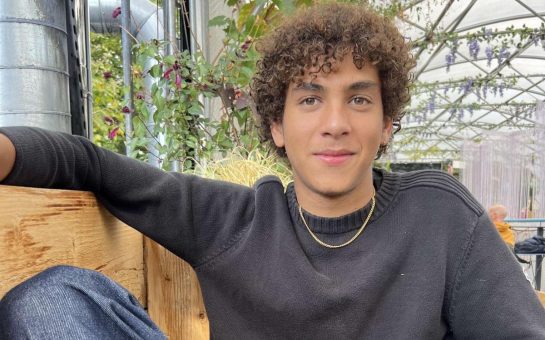This time last week most of us had never heard of Joseph Kony – I, for, one can say that the name meant nothing to me.
On Tuesday I woke up to #InvisibleChildren trending on twitter and the Kony 2012 video going viral on Facebook.
Intrigued by friends’ Facebook status updates urging me to watch the clip and ‘make Kony famous’ I gave in and clicked play. Haven’t seen it yet? Watch it here:
The 30 minute video is a slick piece of Hollywood-style filmmaking, starting with ‘feel-good’ You Tube clips and cute shots of the filmmaker’s son.
This is in stark contrast to the next part of the film, depicting disturbing scenes of child soldiers working for Kony’s Lord’s Resistance Army (LRA) followed by horrific pictures of victims of mutilation.
As the video took me through scenes of crowds chanting ‘stop this war’ and finally tailed off with information on how to donate money to the Invisible Children cause, there was no doubt it had some sort of effect on me; however it also felt pretty incomplete.
In fact, the clip left me with a number of questions, which inspired me to do some further research on the topic.
The first question was: ‘What exactly are Invisible Children trying to do?’ The video is frustratingly vague and whereas it is clear that they want to create awareness of Joseph Kony and his despicable actions, it is far less clear what their plan is after this.
The video briefly mentions that Invisible Children needs funding to ensure that U.S military advisers support the Ugandan army – however, America has been doing this for years and there have been no recent suggestions that this support will cease.
Therefore it also begs the question: ‘Why now?’
The LRA were formed back in 1987, so this is hardly a recent development. The Kony 2012 website, set up by Invisible Children, also claims the campaign has been going for 9 years, so why are we hearing the first of it now?
In addition to this, the LRA are no longer in Uganda, so the emphasis of the campaign on Uganda as a war zone is incredibly misleading.
In an interview with Polly Curtis from The Guardian, Action Aid’s director in Uganda emphasised this point, adding that the video would have been relevant a decade ago.
However now that the situation in Uganda is considerably better, the emphasis should be on recovery and rehabilitation.
Invisible Children’s video over-simplifies an extremely complex situation by effectively dumbing it down and promoting Joseph Kony as a fairytale ‘baddie’ who needs to be beaten to create a happy ending.
Although Kony’s actions are no doubt evil, it is unlikely that simply capturing him would end the horrific actions of the LRA.
Invisible Children are effectively using an emotive video to specifically target impressionable people on social networking sites; the video currently has far over 40million views on You Tube and is, unsurprisingly, most popular with girls between 13-17 years.
In addition to this, the charity’s website heavily glamorises its merchandise, selling ‘Kony 2012’ bracelets with the caption: ‘the ultimate accessory’.
With the charity admitting only 31% of profits go to Africa – this seems dubious to me.
One thing has to be said though; the video has certainly succeeded in its mission to make Kony famous and has opened my eyes to a situation I knew very little about.
This is positive – however I suggest that people do their research first. Check out other charities that support the cause before you donate and don’t simply let an issue so serious become the latest twitter trend you mindlessly follow.
Picture courtesy of Amancay Maahs, with thanks

